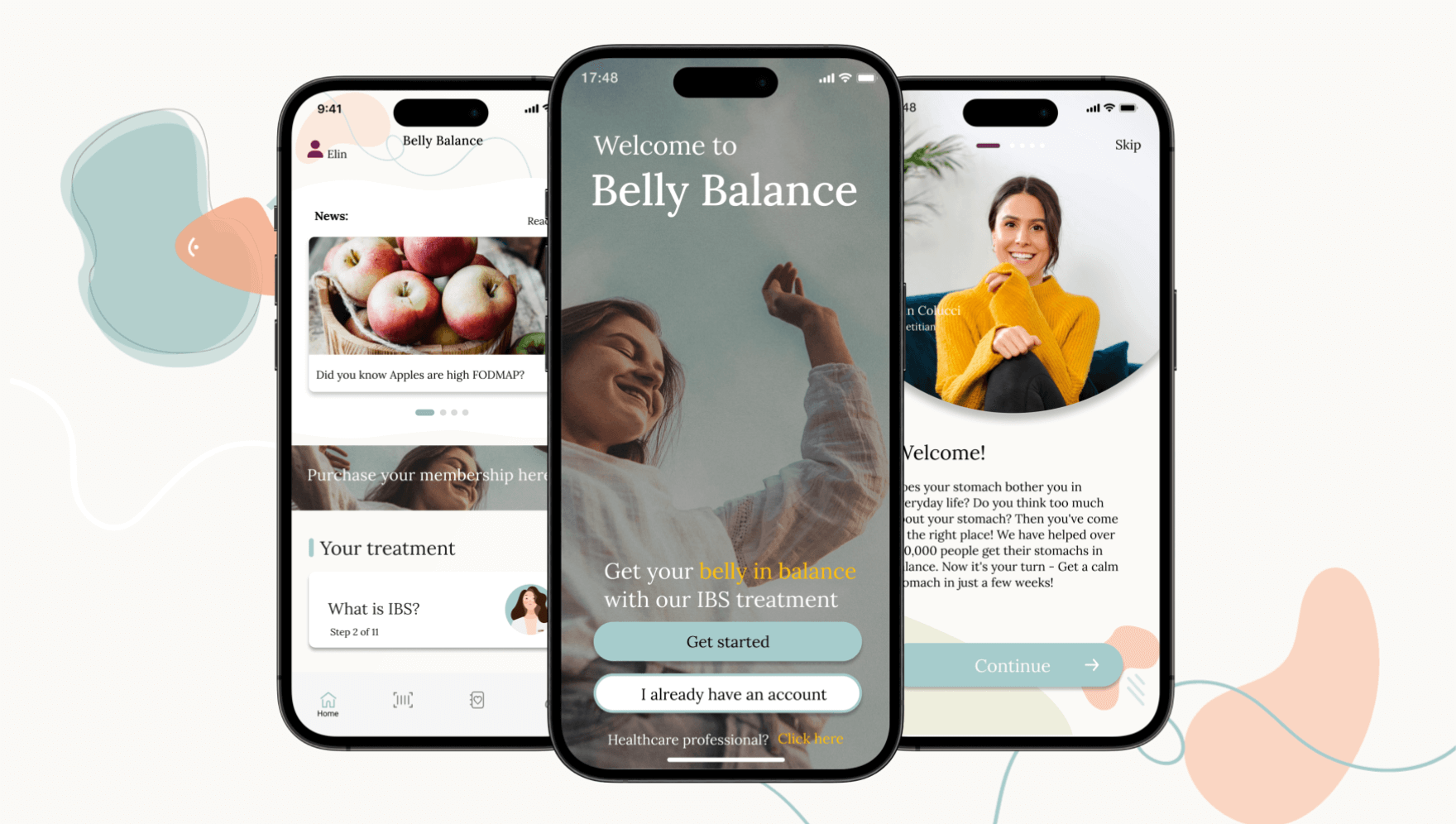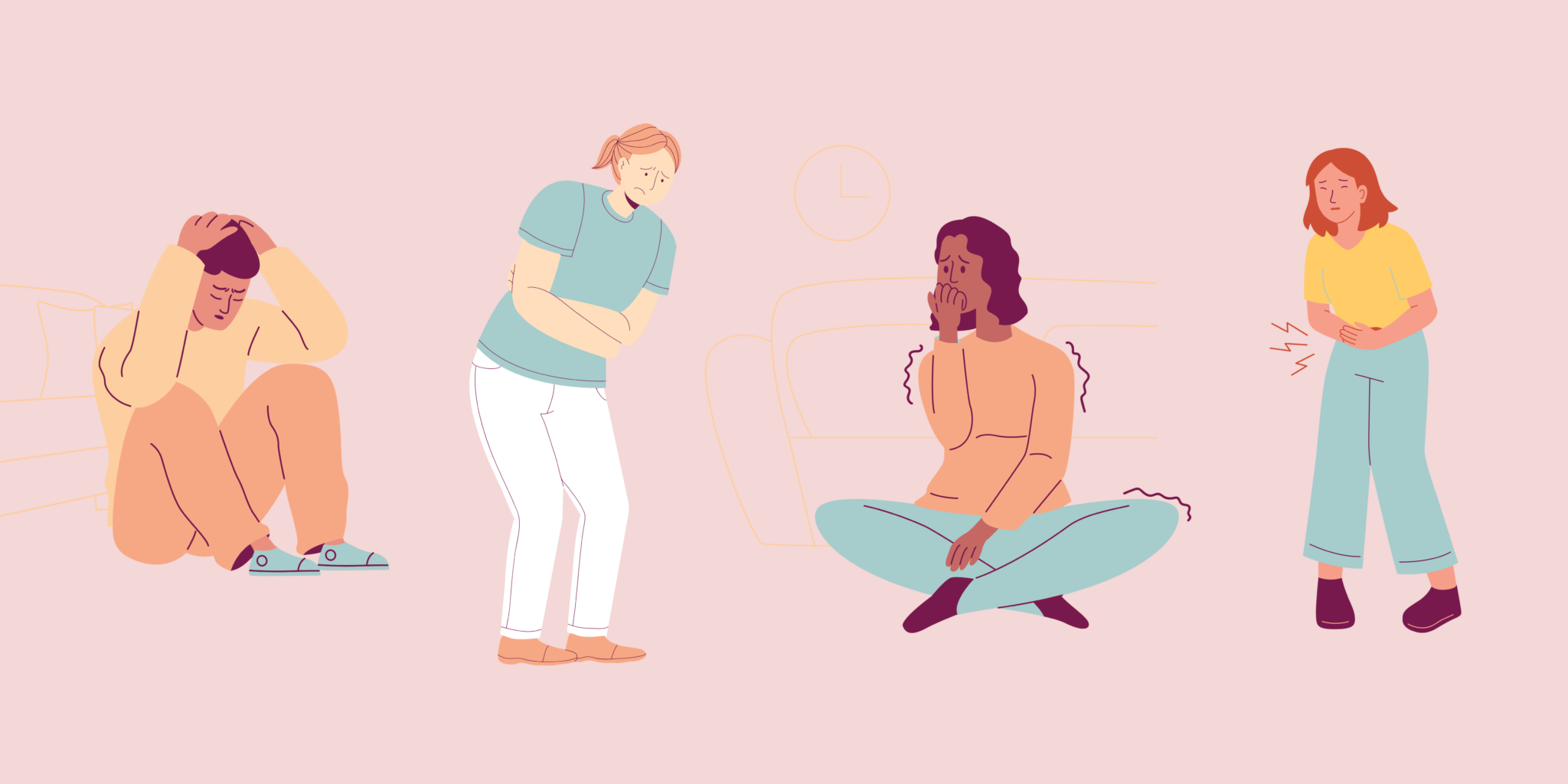
Sitting position on the toilet
What is your sitting position on the toilet? A question we should all ask ourselves. In the Western world, we have toilet seats that are comfortable and ergonomically designed in many respects, but not in terms of bowel movements. It is also a well-known fact that quite a few people suffer from constipation.
There are several causes of constipation, but one thing that can actually affect it is the sitting position when we are on the toilet. Our reclined sitting posture causes the rectum to constrict, making it harder to pass stool. If it also needs to be quick, as it often does with today’s lifestyle, there is a high risk that the process will be completely unsuccessful. This is more elegantly referred to as incomplete bowel evacuation, something many with IBS can recognize, especially in the morning before heading to work or school.
Nothing more comes out, but you don’t feel finished on the toilet, and after a while, you need to go again. And again. When the bowel is prevented from being emptied completely, well-being is affected, and the day may not turn out as you had planned. Instead of doing what you need to do, you might find yourself preoccupied with your stomach all day.
Squat and feel the difference
So how should you do it? Well, the most optimal sitting position is to squat. The 1.2 billion people in the world who still squat rarely suffer from diverticula (pouches in the intestines) and constipation issues, which can partly be traced back to their sitting position. The original ‘natural’ sitting position straightens the intestines, making it easier to pass stool and providing a more complete bowel evacuation.
So think of two foot plates on the floor. This creates a direct pathway for the stool to exit, and you will probably feel both satisfied and light afterward. A complete bowel evacuation simply makes us happy! So, buy a small stool, elevate your feet, lean slightly forward, and feel the difference.
Sofia Antonsson
Reg. Dietitian, Belly Balance
Take control of your IBS today!
Are you ready to take back your life from IBS? Our app provides the tools and guidance you need to manage IBS effectively.
Try for freeRead more about

IBS - What is it?
Bloated , constipated or having a gassy stomach? IBS or Irritable Bowel Syndrome is a functional gastrointestinal disorder, meaning no physical issues can be found in the stomach or intestines; they just don’t function quite as they should.

How the app works
Download the app and become part of our community. We assist you in achieving a calm and happy stomach through treatment and tools available directly in the app.

About FODMAP
By learning which foods upset your stomach, you can make conscious choices and get quick symptom relief. With the low FODMAP diet, you receive structured assistance in understanding which foods your body tolerates better than others. No more guessing and pondering – you get the answer straight away!




